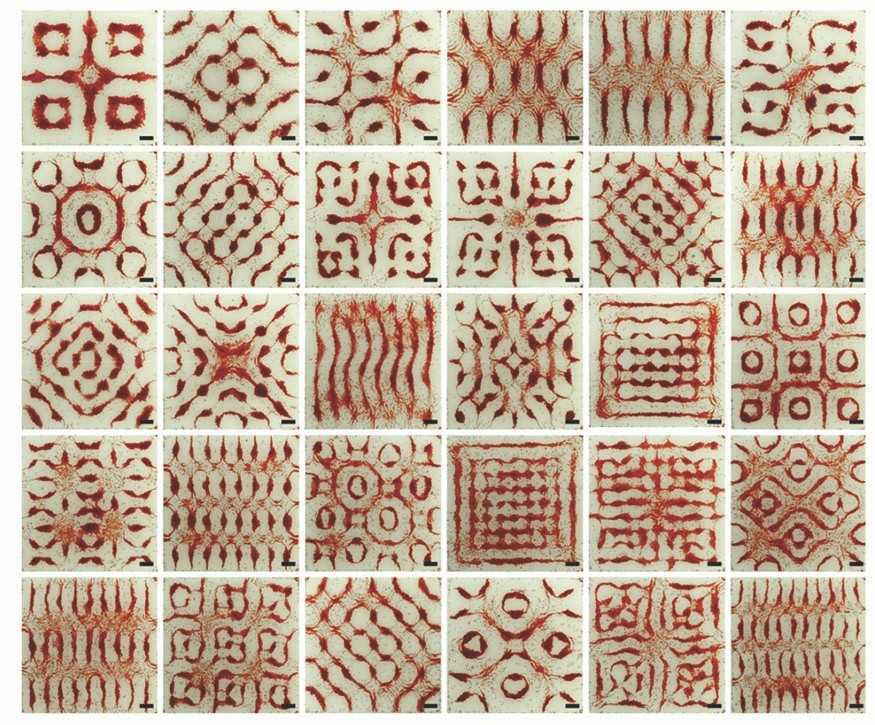The concept of using sound for healing might seem like a mystical notion. However, sound healing has been used all over the world and we now have strong scientific evidence that sound therapy can positively impact both our mental and physical health.
The History of Sound Healing
Sound healing has been practiced for centuries across various cultures.
For example, Tibetan singing bowls have been used in Tibetan and Himalayan cultures for meditation and healing purposes. These bowls emit harmonic overtones that can synchronize brainwaves, creating a profound sense of relaxation and clarity.
Similarly, in Indian culture, the practice of chanting mantras and playing musical instruments, like the sitar or tabla, has been a part of Ayurvedic medicine for thousands of years.
Native American cultures have also employed sound therapy, using drums and rattles in their healing rituals. These rhythmic instruments are thought to connect individuals to the spiritual world and encourage physical and emotional healing.
Resonance & Our Cells
At the heart of sound healing is the concept of resonance. Every organ, bone, tissue, and cell in our bodies has its own resonant frequency. This means that each cell is alive and vibrating. The cells communicate with other cells inside the body and with our external world.

Experiments at MIT have shown that red blood cells vibrate differently when infected with malaria. This shows us our cells move differently when sick vs. when healthy. At Standford, cardiologists took heart cells and exposed them to different acoustic sounds. The cells rearranged themselves into beautiful patterns depending on what sound was played.
From a healing perspective, this means that we can harness the healing power of sound to put our cells back into a healthy resonant vibration. Whether you are dealing with emotional stressors, chronic infections, or toxin overload, your cells are vibrating and can benefit from sound healing.
Sound Healing for Improving Health
Understanding that we are all made up of moving, vibrating, singing cells sets the stage for us to use sound as a healing modality. Research suggests that soothing sounds and frequencies can trigger the relaxation response, reducing the production of stress hormones like cortisol and promoting a sense of calm. For example, this can be particularly helpful for those dealing with anxiety, depression, or sleep disorders.
Tamara’s Tip: Search for calming hz (frequency) playlists, like 432hz or 528hz on spotify or youtube to feel an instant calm
Furthermore, on the physical front, sound healing has been used to alleviate various ailments, including chronic pain, migraines, and digestive disorders. For example, one study published in the Journal of Alternative and Complementary Medicine found that sound therapy reduced pain and improved the quality of life for cancer patients.
This ancient practice of sound healing is absolutely essential for our modern-day illnesses. So much of how our body works is overlooked in conventional and even functional medicine healing. By understanding the principles of resonance and vibration and their effects on the body-mind connection, we can integrate sound healing into our holistic healing plans.
Missed our mini-retreat with sound healing?
Sources:
https://www.technologyreview.com/2008/09/09/33557/vibrating-cells-disclose-their-ailments
https://stanmed.stanford.edu/innovations-helping-harness-sound-acoustics-healing/